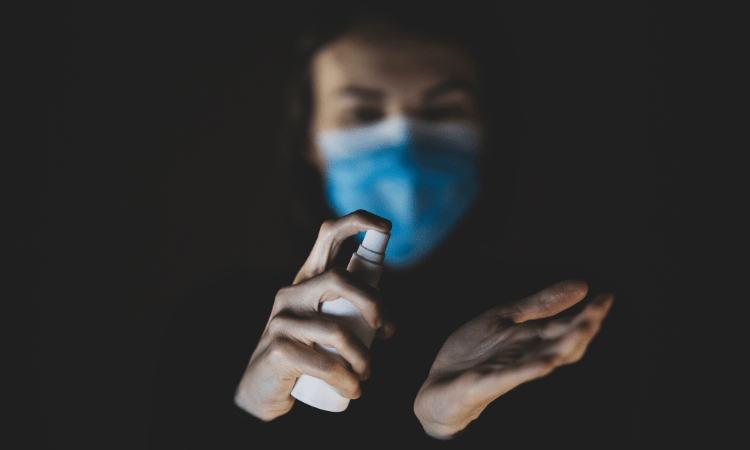Ever since the outbreak of COVID-19, there have been numerous reports, campaigns, and PSAs regarding the use of hand sanitisers. Although hand sanitisers have been around for years, they didn’t really gain momentum until now. Since our lives are at stake now, the demand for the product has changed. Hand sanitisers have become a need for all and not just a luxury item for the posh. However, before we begin to replace the good old soap with these sanitisers, it’s important to know the science behind it. Read on to find out when and how to use hand sanitisers.
Can soap and water be replaced by hand sanitisers?

Image Source
Hand sanitiser is not recommended as a complete replacement for soap and water. While it is effective in removing most germs and impurities from the surface, a hand sanitiser does not eliminate all germs. According to the United States’ Centers for Disease Control and Prevention, hand sanitisers do not eliminate germs like Cryptosporidium, norovirus, and Clostridium difficile. Additionally, when your hands are visibly dirty and greasy, a hand sanitiser will not be as effective as soap and water to remove all impurities and germs.
Related: COVID-19: What You Need To Know About Fabric Masks
When to use a hand sanitiser
While soap and water are the best for sanitisation, in case of unavailability, one can opt for alcohol-based hand sanitisers. However, it must be noted that the sanitisers used should contain at least 60 percent alcohol. Ideally, the alcohol content should be between 60 to 95 percent. Sanitisers with a lower alcohol content don’t really prove to be effective when it comes to elimination of germs. These sanitisers may simply reduce the rate of regrowth of germs but won’t actually kill them.
How to use a hand sanitiser
The use of hand sanitisers is recommended when you’re in public places, like public transport or public institutions like libraries, offices, hospitals, clinics, malls and others. The effectiveness of the sanitiser depends largely on factors like:
- Product
- Quantity
- Technique
- Consistency
Use the product strictly in quantities specified on the label by the manufacturer in question. Using more sanitiser does not mean added protection. Place the product on one palm and then rub all over on both hands and between your fingers till it naturally dries out. Wiping away excess sanitiser will only make it ineffective.
Related: Need Plasma Donors For A COVID-19 Patient? Dhoondh Can Help You
Don’t use the sanitiser in the following situations:
- When you have soap and water available
- In the case of soiled and/or greasy hands
- When you are near flammable substances
- If there is chemical on your hands
- In a high-infectious zone
Featured Image Source














